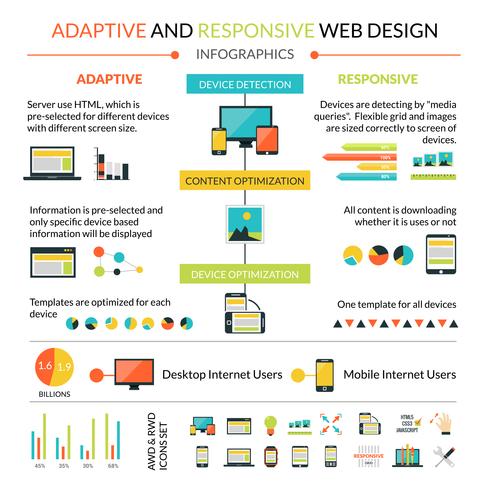Website Layout Basics: Tips For Building A User-Friendly Website
Website Layout Basics: Tips For Building A User-Friendly Website
Blog Article
Short Article By-Scarborough Thorpe
When it involves website style, making sure user-friendliness is key. From responsive design to structured navigating, every component plays an essential function in creating a website that accommodates your audience's needs. But what about the better details that can make or break a customer's surfing experience? Remain tuned as we discover some often-overlooked pointers that can raise your web site's functionality to the following degree, making it genuinely attract attention in the electronic landscape.
Value of Responsive Style
Receptive layout is a crucial aspect of modern site growth. Guaranteeing your site is responsive methods that it can adapt to various screen dimensions and tools, offering a smooth experience for customers.
With the raising use of mobile phones and tablets to access the web, having a receptive layout is essential for getting to a broader audience. a fantastic read assists in boosting customer experience by making your website very easy to navigate and read on any kind of gadget.
Additionally, responsive layout can favorably affect your internet search engine rankings, as internet search engine like Google prioritize mobile-friendly web sites. By having a receptive design, you're also future-proofing your website, as brand-new gadgets with varying screen dimensions remain to arise.
Simplify Navigation Structure
To enhance individual experience and facilitate easy access to info on your internet site, enhancing the navigating framework is paramount. When making your website, concentrate on creating a clear and user-friendly navigation food selection that aids site visitors discover what they're searching for quickly.
Limit the variety of menu items to the essentials, organizing related web pages together to avoid overwhelming customers. Usage descriptive tags that plainly indicate the content of each page, making it less complicated for users to understand where each web link will take them.
Take into consideration executing dropdown menus for subcategories to avoid jumbling the major navigation bar. Furthermore, consist of a search bar prominently on the page for individuals who favor searching for particular details.
Focus on mobile responsiveness in your navigation style to make certain very easy access on all tools.
Optimize Web Page Load Speed
Improving page tons speed is critical for preserving visitors on your web site. Slow-loading https://www.searchenginejournal.com/top-youtube-channels-tips/409657/ and can bring about high bounce prices. To maximize web page lots rate, begin by enhancing pictures. Compress photos without jeopardizing top quality to decrease their file sizes.
Additionally, make it possible for web browser caching to keep often accessed resources locally, speeding up lots times for returning site visitors. Minify CSS, JavaScript, and HTML data by getting rid of unneeded characters, comments, and formatting, enhancing load rate.
Take into consideration making use of a content distribution network (CDN) to disperse your site's web content across multiple web servers worldwide, reducing latency for users accessing your website from various areas. Lastly, limit making use of third-party manuscripts and plugins, as they can dramatically influence lots times.
Conclusion
To conclude, by incorporating receptive layout, streamlining navigating, and enhancing page load rate, you can create a straightforward web site that interest a broader audience and improves customer experience. These essential elements ensure that site visitors can easily gain access to and browse your website throughout various tools, leading to increased involvement and contentment. By concentrating on these vital aspects, you can construct a successful internet site that keeps customers returning for more.
